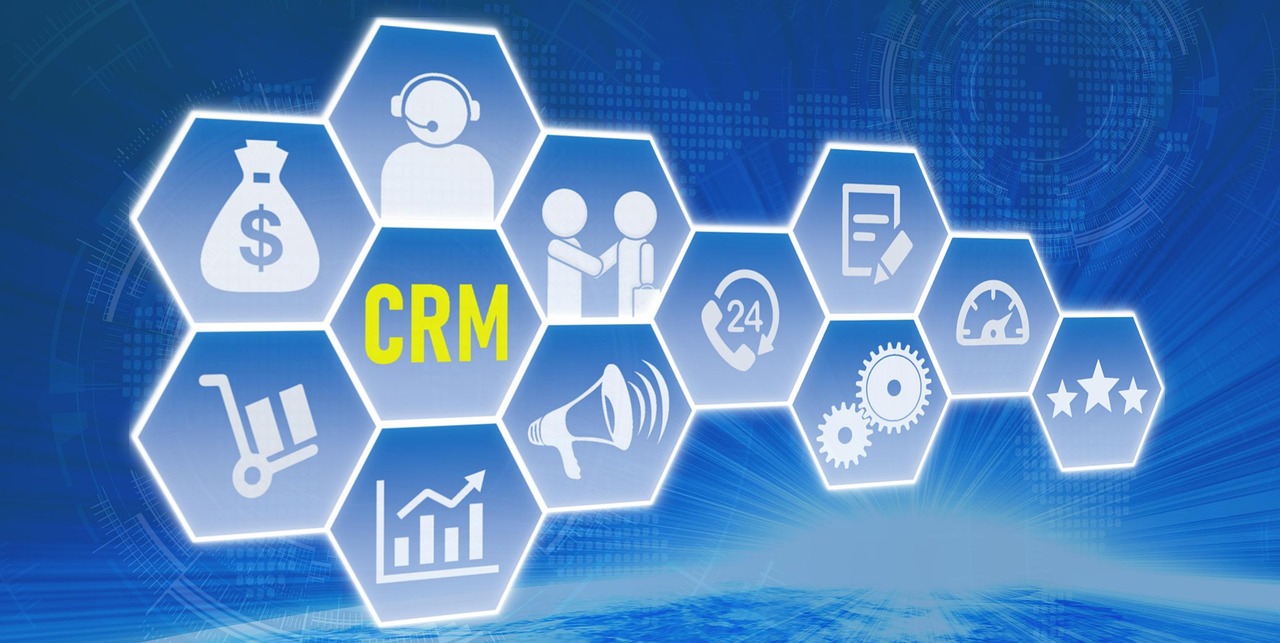Often, you find that a lot of these terms have similar meanings when you are talking about bettering the environment.
Nevertheless, there is a difference between the Eco Friendly term and Sustainable term.
At its core, Eco Friendly means that any given thing does not harm or affect the planet in a negative way. In contrast, sustainability is defined by the United Nations as “meeting the needs of the present without compromising the ability of future generations to meet their own needs“.
Let’s take a more in-depth look at each of these practices and how they affect consumer behavior.
What Makes Something Sustainable?
Balance is essential when speaking about anything sustainable and the environment. When studying sustainability, you want to see how natural systems work and how those systems produce everything for a healthy balanced ecology.
Namely, all the things that we need daily should come from our natural environment and natural resources. Anything excess of that goes away from being sustainable by definition.
Additionally, if we are to use products, they should, of course, be environmentally sustainable products. These sustainable products should provide benefits to the environment in both the short and long term. Hence, they should be of use throughout its entire lifecycle.
Thus, be mindful of greenwashing practices such as brands promoting so-called biodegradable plastics, or are lacking transparency regarding their social and environmental policies (source of manufacture, shipping practices to name just a few).
All in all, in terms of sustainability, there are three main developments(pillars) to look at
Social
In this regard, we are talking about sustainable legislation and awareness.
Namely, making sure that we are protecting society from pollution and other toxic chemicals caused by activities of corporations and businesses that don’t necessarily care about the ethical aspect of their operations.
This varies drastically by region or continent. Environmental developments and product consumption in Europe is continually evolving.
With countries in the area like Norway ahead of the curve in some topics. Did you know that Norway recycles 97% of its plastic bottles? They are ten years ahead of the European Union’s 2029 target date.
These types of initiatives are driven by social awareness and the protection of people via legislation.
However, the same cannot be said of other regions such as the United States, and countries in smaller areas such as Latin America.
Nevertheless, it is essential to make people conscious of the effect of their product purchasing practices.
Economic
In terms of getting any company or person to take a look at sustainability, this is the most difficult.
Convincing companies and individuals to look at their processes will always almost certainly come down to money.
Making a company sustainably friendly will be directly linked to economic incentives. Because we mostly live in a consumerist market, change has to come at both the micro and macro levels. Therefore, getting consumers to minimize their expenditures is at the core of any economic sustainability development.
If(for example) fashion enthusiasts begin to demand that the products made by fashion designers and companies are less wasteful, then companies will have to adapt.
Otherwise, they risk losing out on market share from their consumers. The same applies to regions, and their appreciation of renewable energy and recycled products.
Which is the case in Europe. Where recycled products, and working towards sustainable materials is a significant pillar of what the European Union is looking to do.
Environmental
The result is to avoid as much as possible events, products, and situations that will harm the planet. This third pillar is, in part, the result of the first two.
To protect the environment. Whether by applying swaps that are environmentally friendly, or not using a lot of energy. Namely, keeping an eye on advances to the products and technology that will not harm the planet.
What is the Difference Between Green and Sustainable?
While sustainability refers to actions or activities that solve a problem without implications in the future, green refers to minimizing harm to the environment with activities that better use available resources.
Eco Friendly
The term is used more and more every day. Being eco friendly involves activities and actions that will not harm the environment.
It’s the promotion of green practices that will prevent pollution, amongst other environmentally detrimental actions. Good news though, there is a growing number of eco-warriors like us applying eco friendly practices in their daily lives and consumption habits.
However, the problem with this term is that it is easy to use to manipulate marketing and products(and, where it differs vs sustainable definitions).
Namely, if you buy an Eco Friendly product that is produced by using a lot of energy that goes towards harming the environment, then what is the point?
Also, keep in mind that just because something is advertised as green, it does not make it eco friendly. Being green refers to environmental benefits, but not necessarily the planet as a whole. Among some of the things you can do is look at the list of ingredients for any environmentally friendly product you buy.
For example, “natural” products are often associated with the Eco Friendly term. But, it does not have a legal standard per se, such as organic or fair trade products. Thus, the perfect solution is to find sustainable, Eco Friendly solutions and products that are non toxic.
Eco Friendly is also linked a lot to people’s carbon footprint calculations, which refers to the amount of carbon dioxide emissions produced by the activities of a person or institution.
Making efforts to reduce your carbon footprint is one of the ways of beginning your Eco Friendly journey.
Final Thoughts
Sustainable products and processes will always be linked to Eco Friendly. However, understanding the difference between both is essential. Ideally, you want to apply them both, using Eco Friendly, sustainable products, and procedures.
A product that will not only harm the environment and our earth but also make sure not to impact our future generations. Thus, it is not an eco friendly vs sustainable product discussion, but rather a harmonization of both.
If in doubt, going with sustainability will make sure you are tackling a completely ethical way of living.








